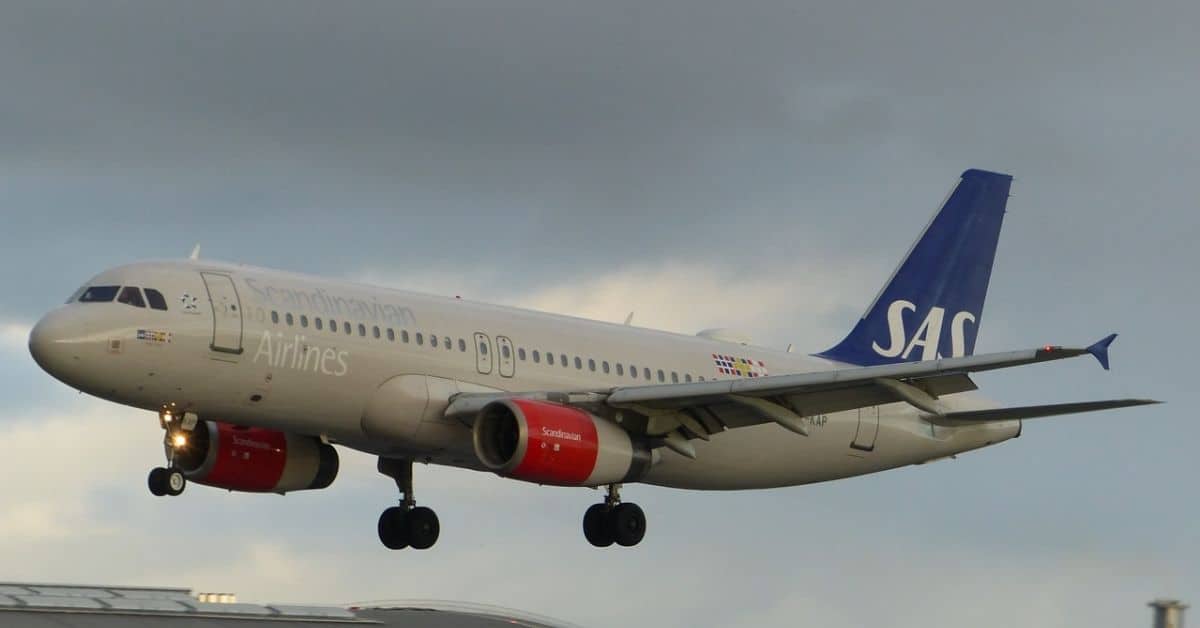The Airbus A320 family is considered the most commercially successful narrowbody aircraft of all time. With over 10,000 aircraft produced since the type’s introduction in 1987, the aircraft has evolved in terms of technical specifications and performance.
A pivotal element of the aircraft series is the difference between the -100 and -200 variants of the Airbus A320 aircraft. The operational specifications of these types differ greatly in relation to overall performance capabilities.
Wingtip Fences
The A320-100 series were never fitted with wingtip fences. Designed to reduce induced drag, wingtip fences are devices fitted to the edge of the aircraft wing. They also improve aircraft fuel efficiency and cruise altitude capabilities. In contrast, all A320-200 series aircraft are fitted with wingtip fences by default. The lack of wingtip fences versus the presence of wingtip fences is perhaps the main visual distinguishing feature of the 2 variants.
An exception to no wingtips installed on the -100 series aircraft was the retrofitting of Airbus’s A320 testbed (MSN 1) with wingtips back in 2011. MSN 1 has since been withdrawn from test purposes and has been preserved.
An improvement over wingtip fences was the retrofitting of A320-200 aircraft with sharklets, a further enhancement for performance. More recent airframes come with sharklets by default.
MTOW – Maximum Takeoff Weight
The original -100 series had a maximum takeoff weight of 68 tonnes, 11 tonnes less than the -200 series. This lower MTOW present on the -100 series greatly limited the operator’s ability to fly longer sectors, lessening the operational flexibility of the type on an airline’s network.
The payload and fuel balance on the 68 tonne A320 was also limited in various operational configurations, in which the MTOW was easily exceeded with a full load of passengers and moderate payload.
Aside from payload limitations, the climb and cruise performance of the -100 series was also significantly less to that of the -200. Lower cruising altitudes coupled with long climb durations meant a higher fuel burn for the operator.
On the -200 series, the center fuel tank was activated in order to provide additional range. This involved increasing the certified MTOW for the type to facilitate this increased fuel capacity.
Number Produced
In total, 21 -100 aircraft were produced. This short production run was primarily due to the operational disadvantages associated with the type. Airbus amended the A320 with the -200 variant, which comprised of the various upgrades mentioned above. The A320-200 first flew in Spring 1989 and has since gone on to be the primary example of the A320 CEO (Current Engine Option). Over 5,000 of the type have been produced.
Operators
The primary operators of the A320-100 type were Air Inter, Air France, and British Airways. All -100 series aircraft with the exception of MSN 1 have been scrapped. The A320-200 continues to serve a plethora of operators around the world, with the primary operators being Lufthansa, British Airways, and Easyjet to name a few.
A320-100 vs A320-200
When comparing the two variants of the Airbus A320, it is apparent that the -100 had numerous shortcomings in relation to performance. The initial scope behind the -100 was to provide an aircraft capable of competing with the 737 classic models (-300/400/500). The airline’s requirements for a greater range on the type for short-haul sectors in the 2-4 hour range were misunderstood during the development of the type.
The design changes brought about by the -200 series met the operator’s requirements and have since gone on to be a ubiquitous aircraft type found worldwide. The -200 is capable of flying a full payload over a distance of 2,600 nautical miles (nm).
Aside from the increase in performance, the -200 also offers 2 engine options: the CFM 56 series or the IAE V2500. The CFM 56 engine option accounts for the majority of -200s in service.
Read More:
Why Does the CRJ Series Not Have an Autothrottle System?

After visiting more than 60 countries, I have probably been on every type of plane there is and visited countless airports. I did my very first international solo trip to South Africa at the age of only 16 and haven’t really stopped traveling since.
Despite the adventurous travel itch, I do have a nerdy side as well – which is satisfied by writing about all things aviation “too boring” for my regular travel blog.
